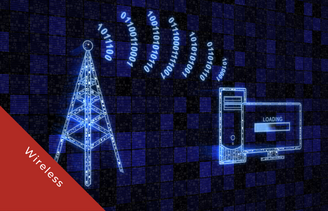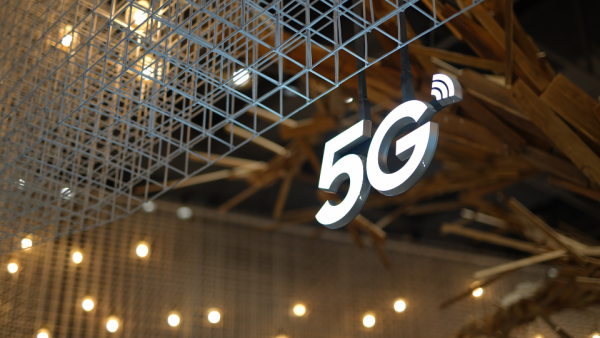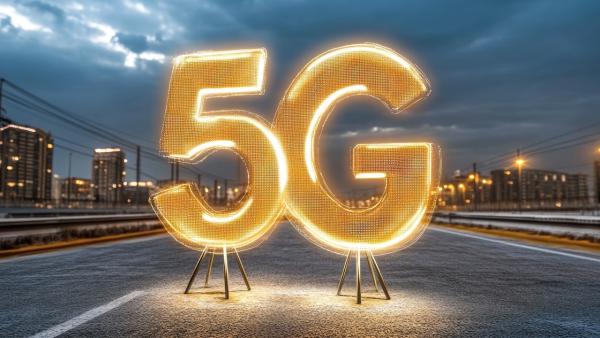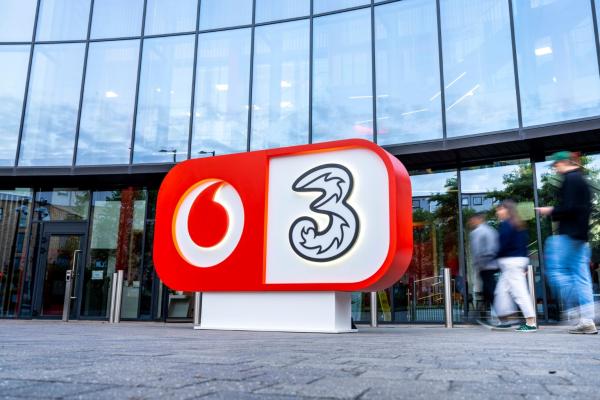
Written by Mike Dano for LightReading.com
Verizon's financial outlook for 2023 is today much lower than what the company's executives outlined during Verizon's analyst day almost exactly a year ago.
And top company officials are well aware of the situation.
"The mobile edge compute and private 5G networks ... the adoption curve [is] a little slower than maybe we would like," explained Verizon CFO Matt Ellis Tuesday during Verizon's fourth quarter earnings conference call. Ellis was responding to a question about why Verizon's new 2023 guidance, issued today, is so much lower than the expectations the company outlined at the beginning of 2022.
"And then, of course, the other one, consumer mobility," Ellis continued, pointing to Verizon's well-publicized troubles in gaining postpaid customers in its consumer business during 2022. "At this time a year ago, we had a higher expectation for 2022 than where we ended up."
But Ellis and Verizon's CEO, Hans Vestberg, appear prepared to mostly maintain the company's strategic course as it sails into a new year. Broadly, they said Verizon would not engage in a costly pricing war with its rivals, AT&T and T-Mobile. Instead, they said the company would continue to engage in short-term, targeted promotions, in specific geographic areas, in order to gain more customers. They also said Verizon would continue to work to develop lines of business around edge computing and private wireless networks.
Heading into 2023
Verizon showed some improvements in its core mobility business in the fourth quarter. The company reported the addition of 41,000 postpaid net customers in its consumer business, and another 176,000 net customer additions among business users. Meaning, the company managed to reverse several quarters of customer losses in its consumer business.
But the figures are somewhat uninspiring considering T-Mobile said it gained 314,000 net postpaid account additions during the fourth quarter of 2022. T-Mobile is scheduled to release its full fourth quarter 2022 results next month, while AT&T is scheduled to report its own quarterly results Wednesday.
"Verizon's predicament bears watching. The company has been backed into a corner of mounting subscriber losses, and pressure on management to right the ship has to be mounting. While a price cut would almost surely spell the end of Verizon's dividend, it would be the company's best shot at returning to subscriber growth. Though the probability remains low, it bears watching," wrote the financial analysts at New Street Research of Verizon's fourth quarter results.
Verizon also released its financial guidance for 2023, promising wireless service revenue growth of between 2.5% and 4.5%. As noted by Reuters, that's well below the 8.6% growth Verizon managed during 2022. It's also much lower than what Verizon promised during its analyst day early last year.
Shares in Verizon fell slightly after the company reported its results Tuesday.
The C-band bump
Verizon officials said the company's big midband 5G network upgrade program leveraging its massive C-band spectrum holdings ought to help the company gain traction.
"We have the most resilient 5G network in the nation," Vestberg boasted. "It's a game changer."
Of course, Verizon's midband 5G network buildout carries a cost: The company spent fully $6.2 billion during 2022 on the radios and equipment necessary to add C-band spectrum to its network, up from $2.1 billion in 2021. But the project is almost done. Verizon said it expects to spend another $1.8 billion during 2023 to complete its C-band buildout. Vestberg added that Verizon is well ahead of its goal of covering 250 million people with C-band 5G by the end of 2023.
Importantly, Vestberg argued that the faster 5G speeds Verizon can provide through its C-band network are helping the company gain more customers and more revenues. "We see already metrics right now that is proving it," he said during Verizon's earnings call.
However, Vestberg was asked during the call to provide specific numbers related to the company's C-band buildout, including how those faster speeds might be encouraging customers to "step up" into more expensive service plans. Vestberg did not provide any numbers along those lines.
The 3G effect
Finally, Verizon disclosed the number of customers affected by its 3G network shutdown, which occurred at the end of 2022. The company said 909,000 wireless retail postpaid connections, including 392,000 wireless postpaid phone connections and 237,000 retail prepaid connections, "were removed from the customer base" due to the shutdown.
Verizon was the last big wireless network operator to shutter its 3G network during 2022, and other providers reported similar customer figures.
According to the financial analysts at MoffettNathanson, Verizon's 3G shutdown ultimately resulted in the company's total retail phone customer base shrinking by 1.3% year over year.
"Verizon is hoping for a boost as their C-band spectrum is brought fully online, bolstering what has historically been best-in-class network performance. Still, one can't help but fret that their wireless value proposition, particularly in the consumer segment, is losing resonance, forcing Verizon to become increasingly promotional to stem subscriber declines," summarized the MoffettNathanson analysts. "There are no easy answers here. Perhaps the best that can be said is that at least expectations have fallen to a level that is more or less in line with Verizon's challenging reality."
Click here to read the original article.








